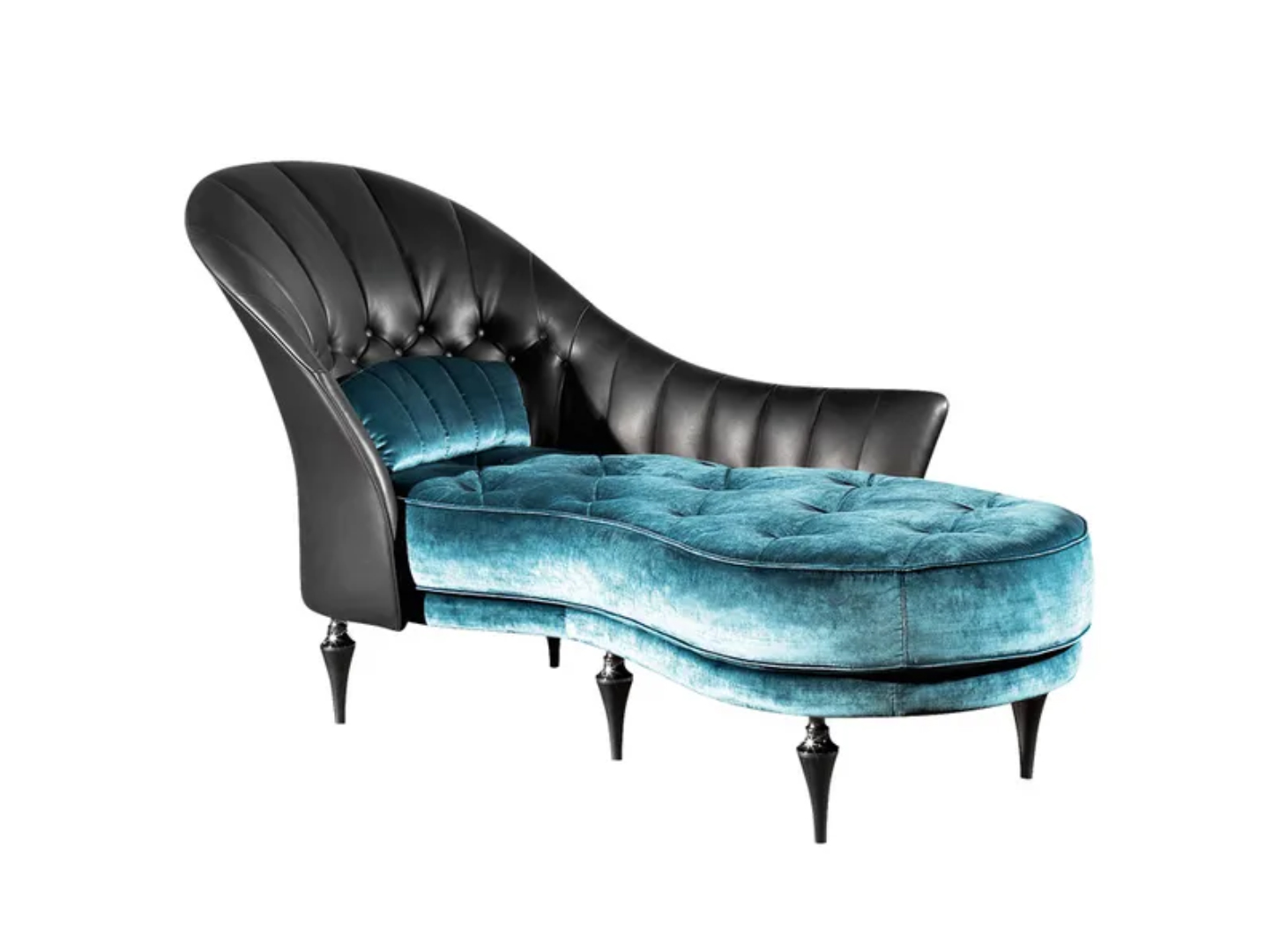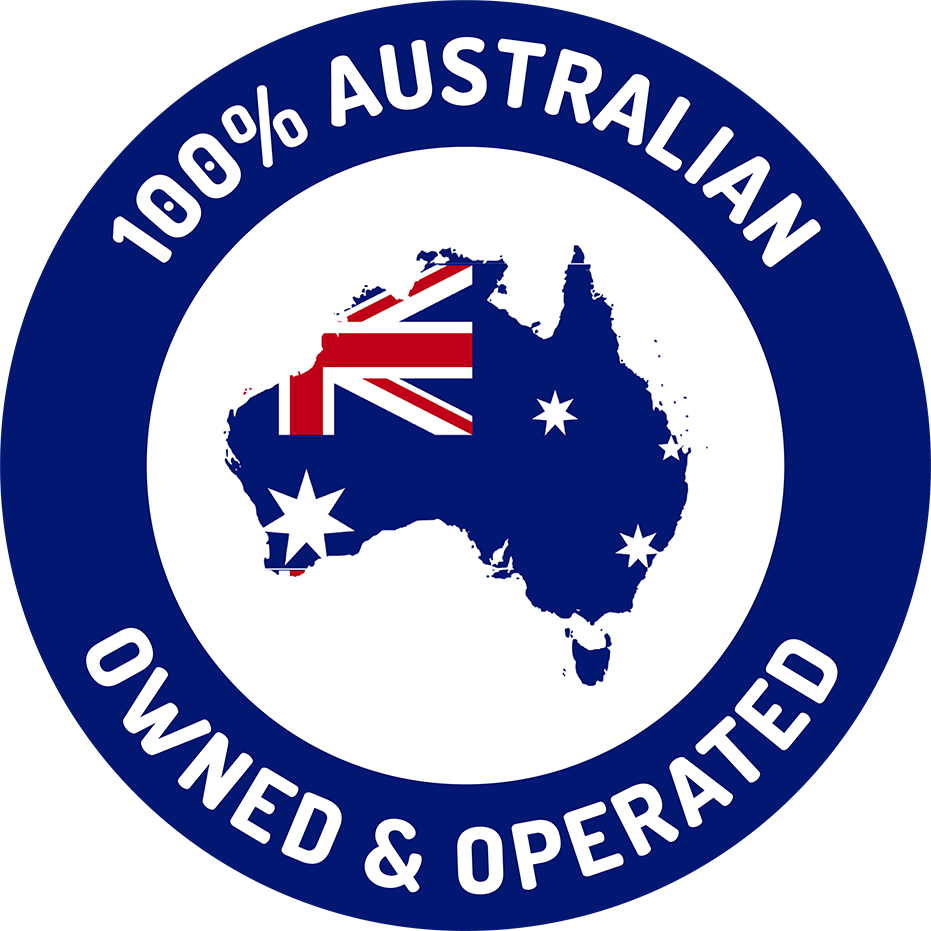Polyurethane leather, often referred to as PU leather, is an increasingly popular alternative to genuine leather, offering a sleek appearance, affordability, and ethical manufacturing appeal. While PU leather doesn’t require the same intensive maintenance as full-grain leather, it does benefit immensely from a tailored care routine that preserves its visual appeal and structural integrity over time.
Whether you’re styling your living room with modern PU leather lounge chairs or furnishing your office with sophisticated desk seating, understanding how to maintain PU leather is essential for long-lasting elegance.
PU leather is a synthetic material made by applying a polyurethane coating to a base, usually made from split leather or fabric. It mimics the look and feel of real leather while offering:
Despite these advantages, PU leather is not immune to wear. With improper care, it may peel, crack, or fade prematurely. The key to preserving its appearance lies in proactive and routine care.
Like any upholstery material, PU leather is exposed to dirt, oils, sunlight, and friction—all of which can accelerate degradation. Regular maintenance ensures that:
Proper maintenance doesn’t just save you from premature replacement—it enhances the long-term satisfaction and enjoyment of your investment.

Use a dry microfiber cloth or feather duster to gently remove dust, crumbs, and loose debris from PU leather surfaces. This should be done:
A microfiber cloth is ideal because it won’t scratch or dull the finish.
For general smudges or mild grime, dampen a soft cloth with lukewarm water and gently wipe the surface. Ensure the cloth is wrung out thoroughly—excess moisture can seep into seams or cause distortion over time.
Never use hot water or soak the material.
Once a month, it’s wise to give your PU leather pieces a deeper clean. Here’s how:
Avoid household cleaners containing ammonia, alcohol, bleach, or acetone, which can break down the polyurethane layer.
Accidents happen, but timely action can prevent permanent damage.
Note: Use this method cautiously and only if the manufacturer hasn’t prohibited alcohol-based cleaners.
One of the biggest concerns with PU leather is cracking and peeling over time. The following precautions help prevent this:
PU leather can fade or dry out under prolonged UV exposure. Keep furniture:
Excessively dry environments can cause PU leather to become brittle. Use a humidifier if indoor air is too dry, especially in winter.
Unlike real leather, PU leather does not absorb oils, so traditional leather conditioners are not suitable. However, a PU-specific conditioner or vinyl protector spray can:
Apply sparingly every 3–6 months.
If a PU leather sofa or seat is in constant use, consider stylish throws or slipcovers to:
Even though PU leather has some resilience, it’s not scratch-proof. Take care with:
If your piece includes multiple seats or cushions, rotate the usage to ensure even wear. This is especially helpful on dining chairs, sofas, or modular lounge settings.
If storing PU leather furniture for extended periods:
Always clean and dry the item before storage to avoid mould, mildew, or odours developing in enclosed conditions.
Avoid plastic covers which trap moisture. Use cotton or canvas drop sheets to protect from dust while allowing airflow.
Storage environments should be:
There’s misinformation around PU leather care that can lead to damage. Common mistakes include:
❌ Using Baby Wipes
Many baby wipes contain moisturisers or alcohol that can break down PU leather coatings.
❌ Applying Oil-Based Leather Conditioners
These are designed for porous, real leather and can sit on the surface of PU, causing stickiness or staining.
❌ Over-Cleaning
Daily wiping is fine, but deep cleaning should only be done monthly. Excessive cleaning can weaken the surface.
At The Exclusive Home, our PU leather pieces aren’t just beautifully crafted—they’re built to endure. We source premium-grade polyurethane leather that offers superior:
Our materials are independently tested for longevity, and each piece is backed by a structural warranty. With proper care, your PU leather furniture will retain its elegance and comfort for many years—offering both visual appeal and peace of mind.
PU leather offers a luxurious, practical option for both modern and traditional interiors. With straightforward upkeep, it will continue to elevate your space without the intensive routine real leather often requires.
By implementing a consistent cleaning and care regime, you’ll extend the life of your PU leather furniture while preserving its sophisticated charm. Whether you’re entertaining guests or enjoying quiet evenings at home, your PU leather pieces can remain the polished, reliable focal points of your decor.
Interested in learning more about how to maintain luxury furniture?
Explore our full range of Furniture Care Guides and see why discerning Australians trust The Exclusive Home for enduring quality and custom elegance.

